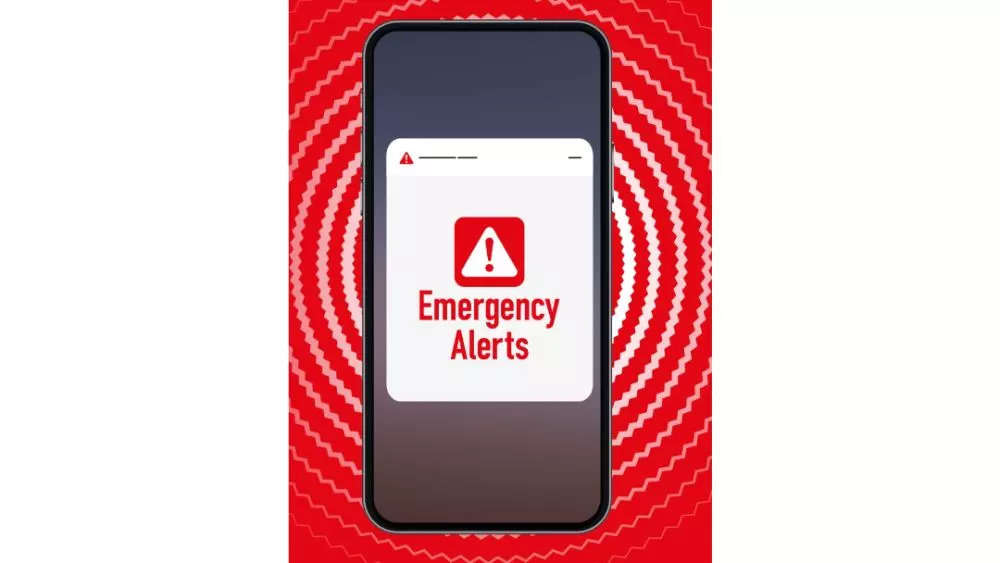
[ad_1]
Wireless Emergency Alerts is basically a modernisation of older radio and TV emergency communication systems. These alerts serve as a fast medium to broadcast crucial information from government agencies directly to mobile devices during times of imminent danger. In this article, we delve into the essence of Wireless Emergency Alerts, their significance and the reasons why you should enable it on your phone.
Wireless emergency alerts: What is it
Wireless Emergency Alerts, as mentioned, are emergency alerts for mobile devices. These alerts are brief messages authorised by government bodies and transmitted through wireless carriers directly to phones in specific geographical regions. The purpose is straightforward yet important: to keep people informed quickly about urgent situations that present immediate dangers.
These situations include a broad spectrum, ranging from natural calamities like hurricanes, earthquakes and tornadoes to human-made crises such as chemical incidents and AMBER alerts for missing children, etc.
Why it is important
Its importance lies in its function. The ability to deliver alerts instant and directly on the mobile phones is crucial for safety in case of natural calamities or man-made dangers. This can help avert any big damage from happening to people’s life in such conditions.
These alerts serve as tools for disseminating real-time updates and directives. By bypassing intermediaries and directly transmitting vital details to users’ mobile devices, these alerts obviate misinformation and empower users to make well-informed decisions concerning their safety and that of their kin.
Why you should enable it
Although,, the Wireless emergency alerts are turned on by default. It is users’ responsibility to ensure that they are enabled and it stays that way.
Swift responsiveness: WEAs ensure that individuals receive urgent notifications, even if they aren’t actively monitoring news outlets. This capability becomes particularly crucial during emergencies when time is of the essence.
Timely and accurate information: By gaining access to immediate updates from authoritative sources, individuals possess precise information that facilitates prudent decision-making amidst hazardous circumstances.
Wireless emergency alerts: What is it
Wireless Emergency Alerts, as mentioned, are emergency alerts for mobile devices. These alerts are brief messages authorised by government bodies and transmitted through wireless carriers directly to phones in specific geographical regions. The purpose is straightforward yet important: to keep people informed quickly about urgent situations that present immediate dangers.
These situations include a broad spectrum, ranging from natural calamities like hurricanes, earthquakes and tornadoes to human-made crises such as chemical incidents and AMBER alerts for missing children, etc.
Why it is important
Its importance lies in its function. The ability to deliver alerts instant and directly on the mobile phones is crucial for safety in case of natural calamities or man-made dangers. This can help avert any big damage from happening to people’s life in such conditions.
These alerts serve as tools for disseminating real-time updates and directives. By bypassing intermediaries and directly transmitting vital details to users’ mobile devices, these alerts obviate misinformation and empower users to make well-informed decisions concerning their safety and that of their kin.
Why you should enable it
Although,, the Wireless emergency alerts are turned on by default. It is users’ responsibility to ensure that they are enabled and it stays that way.
Swift responsiveness: WEAs ensure that individuals receive urgent notifications, even if they aren’t actively monitoring news outlets. This capability becomes particularly crucial during emergencies when time is of the essence.
Timely and accurate information: By gaining access to immediate updates from authoritative sources, individuals possess precise information that facilitates prudent decision-making amidst hazardous circumstances.
[ad_2]
Source link
